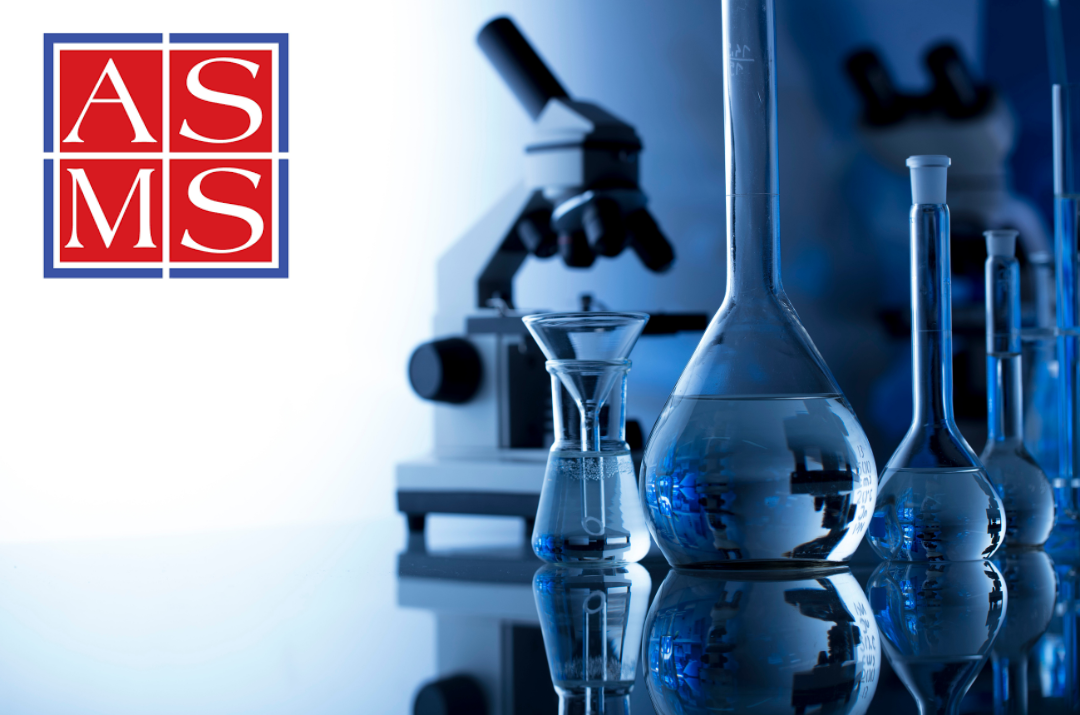
I always enjoy meeting current and future scientists who trust their solvent evaporation needs to Organomation in person. Beyond the 9 to 5 of working the trade show booth and reviewing research posters, my recent experience at the American Society of Mass Spectrometry (ASMS) conference in Baltimore provided valuable insights into the latest developments in analytical chemistry, particularly in metabolomics and chromatography optimization. Two standout events I attended deserve special attention for their practical applications and innovative approaches.
Biocrates Breakfast Seminar: Advancing Metabolomics Analysis
ASMS is popular for product launches and 2025 was no different. Biocrates made a significant splash with the unveiling of their revolutionary MxP® Quant 1000 kit during their breakfast seminar on June 3rd. This groundbreaking metabolomics solution represents a quantum leap in analytical capability, enabling laboratories to quantitatively measure over 1,200 metabolites from an incredibly small sample volume.
What sets this innovation apart is its combination of Biocrates' hallmark standardized technology with AI-assisted metabolite quantification, providing researchers with the broad and reproducible metabolomics solution needed to unlock the molecular secrets of complex diseases. Built on the proven Biocrates sample plate design, the MxP® Quant 1000 offers an end-to-end solution that combines validated methods with ready-to-use kits and cloud-based workflow management, positioning it as the new standard of excellence in quantitative metabolomics profiling.
Whether labs continue to use the MxP® Quant 500 kit or move to the latest metabolomics plate, Organomation is proud to provide the nitrogen evaporation capability for 96-well plates through the MICROVAP product line, a critical component of the sample preparation workflow. The MICROVAP microplate evaporator is specifically listed as a recommended nitrogen evaporator for processing the 96-well filter plates used in the MxP® Quant 500 kit.
The MICROVAP serves an essential function in the kit's sample preparation process by concentrating samples through controlled solvent evaporation. After the derivatization and extraction steps performed on the patented 96-well filter plates, the MICROVAP uses nitrogen gas flow to gently remove solvents, concentrating the metabolite extracts to appropriate levels for LC-MS/MS analysis.
The evaporation step is crucial because it brings analyte concentrations within detectable limits for the subsequent LC-MS/MS analysis, ensuring the quantitative accuracy that the MxP® Quant 500 kit is designed to deliver.
Dr. Lee Polite's Chromatography Presentations: Practical Solutions for Modern Labs
Dr. Lee Polite from Axion Analytical Labs delivered two compelling presentations that addressed real-world challenges facing analytical chemists today.
GC Optimization: The Case for Hydrogen Carrier Gas
In his gas chromatography presentation, Dr. Polite made a compelling argument for transitioning from helium to hydrogen carrier gas. His reasoning was twofold: the escalating costs of helium and the fundamental principle that carrier gas selection doesn't impact chromatographic separation. The economic benefits alone make this transition attractive for laboratories operating under budget constraints.
More importantly, Dr. Polite demonstrated through van Deemter plot analysis how hydrogen can deliver twice the speed of helium while maintaining separation quality. This represents a significant opportunity for laboratories to improve throughput without sacrificing analytical performance. The van Deemter equation clearly shows that hydrogen's superior diffusion characteristics allow for higher linear velocities before band broadening becomes problematic.
The Master Resolution Equation: Empowering Method Development
Both presentations emphasized the master resolution equation as a fundamental tool for chromatographers. Dr. Polite's key message resonated strongly: chemists experiencing poor separations have the power to modify all three variables in the resolution equation - selectivity (α), efficiency (N), and retention (k). This empowers analytical chemists to systematically approach method development and troubleshooting rather than relying on trial-and-error approaches.
LC Innovation: Visual Learning with Purple Kool-Aid
Dr. Polite's LC presentation featured an ingenious demonstration using a C18 SPE cartridge to separate purple Kool-Aid components. This visual approach to teaching chromatographic principles makes complex concepts accessible and memorable. The demonstration effectively illustrated polarity-based separations, with the simple rule that water-soluble compounds are polar serving as a practical guideline for predicting chromatographic behavior.
The promise of a forthcoming video documenting the Kool-Aid separation experiment will provide an excellent educational resource for the chromatography community. Such visual demonstrations are invaluable for training new analysts and reinforcing fundamental principles.
In the future, I hope to have Dr. Polite on the Concentrating on Chromatography podcast. I should also mention that Axion’s training institute provides valuable on-demand trainings online in addition to an in person, LC/GC boot camp. To learn more, please visit: https://axionlabs.com/
Conclusion: The Definitive Conference for Mass Spectrometry
The American Society of Mass Spectrometry (ASMS) conference is certainly the place to be each year for anyone looking to learn more about separation science. It is somewhat rare to find such a vibrant show focused on a single, although broad, topic. I greatly look forward to ASMS 2026 in San Diego next year.
